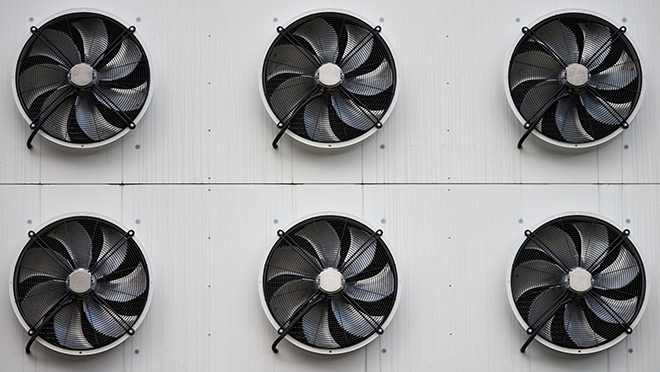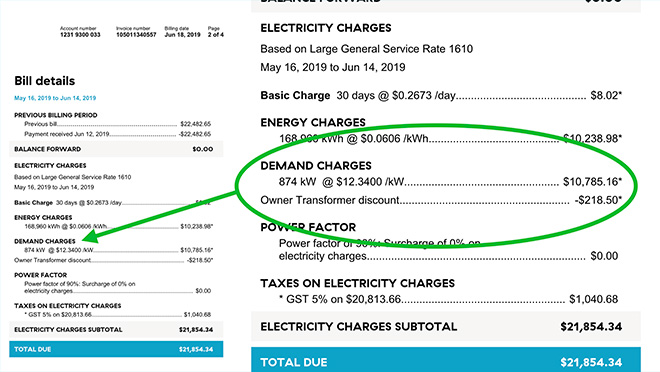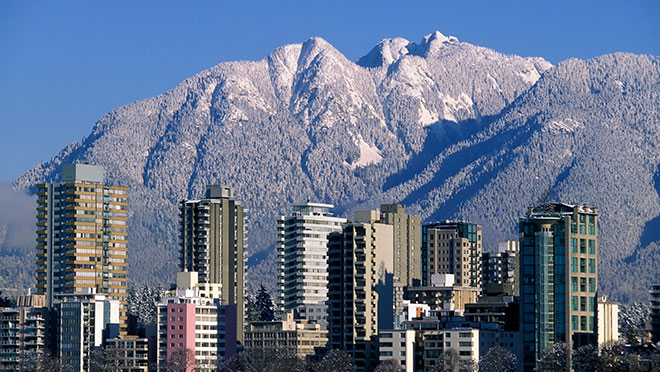To reduce demand charges, know your load profile

Identifying anomalies in demand is key, and visualization is best
Graham Henderson recalls a conference, years ago, when he first started talking to customers about whole-facility data that could show them not just how much electricity they were using, but about exactly when they were using it.
"I was talking about the Continuous Optimization program offer and how we were going to start providing interval data to customers," recalls Henderson, a mechanical engineer who has held a variety of jobs at BC Hydro. "I said that if you're interested, give me your business card. When I sat down at my table, it was soon ringed by business cards. People were rushing over to throw their business cards down."
"The fight to get that data has been going on for decades."
It's Henderson's belief that for commercial customers concerned about demand charges, there's one place to start. It's all about understanding when your building’s peak hours occur and what equipment is operating at that time. Only then can you figure out how you might reduce those peaks. It also helps to continually review your load profile to spot anomalies in demand.
"Until you actually get a picture of your facility's load profile, you have no idea what's going on," he says.
Why demand charges matter
Demand charges are used to help dissuade customers from operating with peak demands that strain the electrical system and, ultimately, require costly infrastructure upgrades. The idea is to shift some energy-intensive processes to other times, more or less shaving those peaks to take the heat off the grid.
BC Hydro continues to experiment with pilot projects in a few areas of B.C., such as industrial parks, that produce demand spikes that can eventually require costly infrastructure upgrades in the area. These initiatives – experiments in what utilities call "non-wires alternatives" – typically offer funding help to industrial and commercial customers for studies and exploration of demand management that goes beyond energy efficiency.
What does this mean for customers? Many accept that demand charges are just the cost of doing business. But others, alerted by an unusually high bill or looking into ways to save, have access to tools that can help them identify possible improvements.
While demand management pilot projects are limited and geo-specific, BC Hydro has been refining a tool that provides valuable interval data, presented in an easier-to-use visual format, for larger customers. This "anomalies tool" is available to large general service and medium general service customers, and it could be a pivotal step in providing that interval data first discussed years ago.
Those larger customers can access the anomaly detection tool via their CEM Hub profile. There's also a lot to learn from using basic MyHydro tracking tools, which can provide detailed data down to five-minute intervals.
"Most commercial businesses aren't going to have a lot of variance in their demand," says Tanya Perewernycky, program delivery specialist for the Alliance. "But some may have pieces of equipment that come on and off, and they may be able to identify ways to avoid those spikes in demand."
Extreme weather leads to spikes in demand
A BC Hydro report released in January shows that several electricity demand records were broken in 2021 after extreme weather hit B.C. at different times of the year.
In the summer of 2021, many places in B.C. broke temperature records, and BC Hydro experienced 19 of its top 25 all-time summer daily peak records, including breaking its all-time summer peak hourly demand record. Then came the 2021 holiday season, when extremely cold temperatures and heavy snow throughout B.C. resulted in the highest and longest sustained load levels ever experienced on its system.
What does that mean for commercial customers?
"Traditionally we've been a winter peaking utility, but that is changing," says Henderson, referring to unprecedented summer cooling loads that helped set summer demand records. "There's going to be an increase in air conditioning load, but the question is, 'what can customers do about it?"
There's no one-size-fits-all answer, says Henderson. In an office building, there may be some systems you can decrease or shut off to help reduce those peaks in demand. You can adjust the set points for cooling, for instance, but you'll want to avoid sacrificing the comfort of those in the office, or customers who visit. You may be able to shift some processes to shave peak demand, or even have employees stagger their shifts and/or lunch breaks. And general conservation measures, such as energy efficiency, can help as well.
"When we talk to commercial customers now about responding to demand reduction events in non-wires alternative project areas, what we're proposing for most building types is a demand management strategy around the HVAC system, mainly around relaxing temperature set points," says Henderson.
The challenge is for customers to manage their demand over the whole month. Smart meters measure demand using 15-minute intervals with three consecutive five-minute sub-intervals. The highest 15-minute demand average recorded in each billing period is used to calculate the demand charge on your bill.
That peak demand needs be reserved for a customer, in case its needed by that customer again, even if that peak is reached just once or twice a year.
Again, the best way to tackle demand spikes is to learn when they happen, and that's where interval data comes in. Anomalies in demand don't just lead to expensive infrastructure upgrades. Those demand charges can add up for customers.

